‘Lost in the city’, urban life in the IVAM art collections
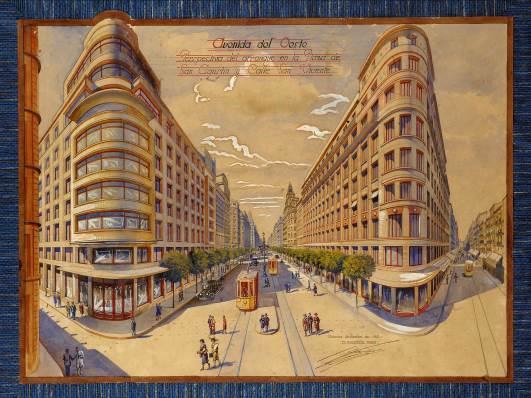
The title of the exhibition was inspired by the idea of German philosopher Walter Benjamin of “Getting lost in the city” on purpose, for each person to discover their own version of a big city. With 300 works of art from the IVAM collection, this exhibition offers a series of manifold visions, different spaces and human lives that have defined city life over the last century. The city can be considered one of the best metaphors of contemporary society from the 20th and 21st century, and this exhibition attempts to help us discover what the city is like for each and every one of us.
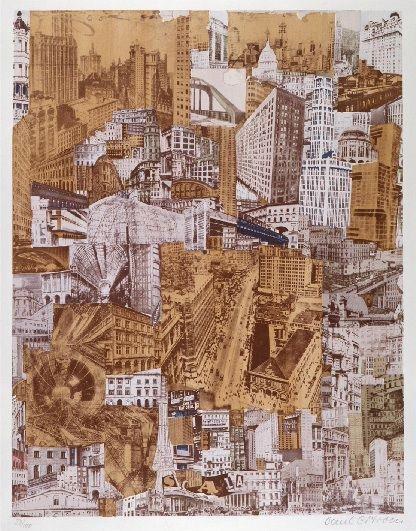
It is a large selection of paintings, sculptures, photographs and videos that focus on urban matters from the beginning of the 20th century to date. Artists include Paul Citroën, Jan Kamman, Lee Friedlander, César Domela, Walker Evans, Horacio Coppola, Gabriel Cualladó, hasta Sigmar Polke, Gregory Crewdson, Hiroshi Sugimoto, Miquel Navarro, Bernd and Hilla Becher and Gordon Matta Clark.
Thematic journey through 10 exhibition rooms
-Room 1. Fascinated by metropolis: photography plays a fundamental role, views of the urban fabric and aerial perspectives show the city as a whole. Eugène Atget (1857-1927) shows Paris in the year 1900, William Klein (1928), Lee Friedlander (1934) and César Domela (1900-1992) use skyscrapers are central themes in their works.
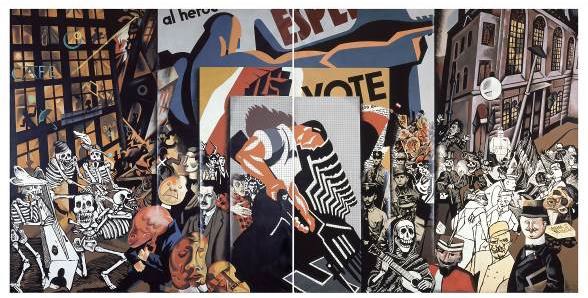
El panfleto, 1929. Equipo crónica. IVAM
-Room 2. Urban wanderings: photographic collection of visits to small and practically empty places where flyers and activity announcements are given out.
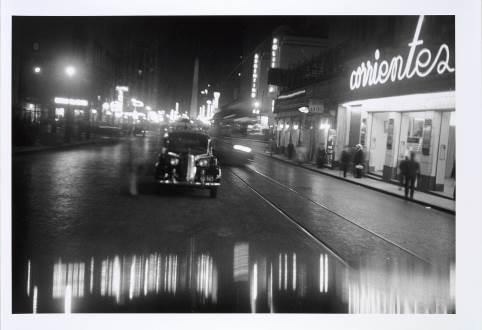
Corrientes esquina Uruguay, 1936. Horacio Coppola. IVAM
-Room 3. Ordinary spaces: a conceptual journey where the buildings and streets of the city are closely interwoven, expressing the relationship between space and time. The works of art in this room can be compared with Pop themed paintings such as Plein Air N.Y, 1968, by Valerio Adami (1935) and Toda la ciudad habla de ello, 1982, de Eduardo Arroyo (1937).
-Room 4. Deconstruction the city: at the end of the seventies, deconstructions were the work tool of many artists. Their central theme was the interconnection between citizens and their objects, rubbish, environment, history and future.
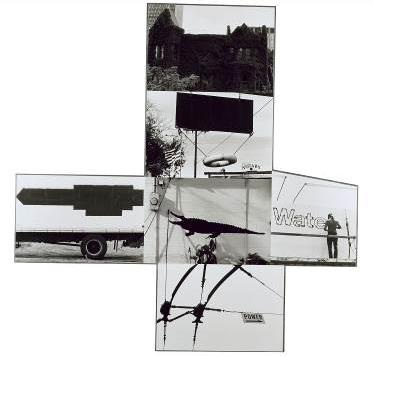
Photem Series, 1981. R. Rauschenberg IVAM
-Room 5. Exploring spaces: this room shows buildings photographed by Gabriele Basilico (1944-2013), and an inventory of industrial constructions by Bernd and Hilla Becher (1931-2007/1961-2007). These German photographers capture the documentary and taxonomic spirit of the piece, and the minimalist obsession with the serialism and tidiness of static objects.
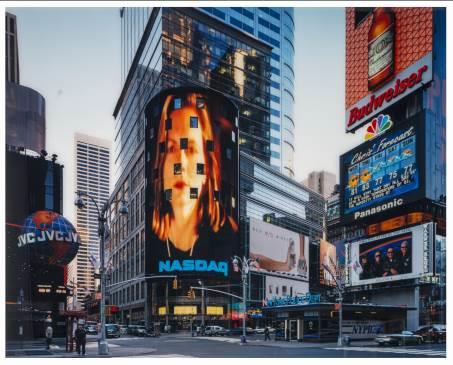
Times Square N.Y. 2000. Thomas Struth. IVAM. Depósito Cal Cego
-Room 6. Diverse crowds: the emergence of identities brings with it the chance to bring to the open the plurality of life forms and concepts of existence of sectors that have been socially marginalised and hidden until very recently.
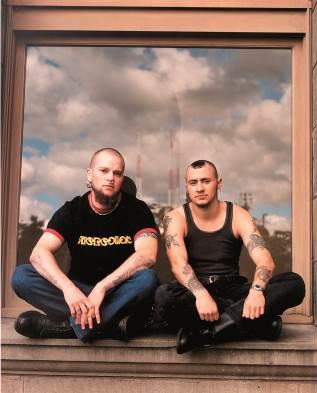
Matt + Eric, 1997. Del Lagrace Volcano Depósito Juan Redón
-Room 7. Fabricated cities: Charles Simonds (1945), Miquel Navarro (1945), Hannsjörg Voth (1940) and Per Kirkeby (1938) create and invent cities filled with mythology and personal significance.
-Room 8. Bare spaces: the analysis of space as viewed by mankind and the passing of time are two art themes that have been used since the mid-seventies. For example, Cristina Iglesias (1956) combines size, matter and distortion in a series of silkscreens made on copper at the end of the eighties and on paper one decade later, the theme of which is labyrinthine spaces in the form of streets, buildings and façades full of light and shadow.
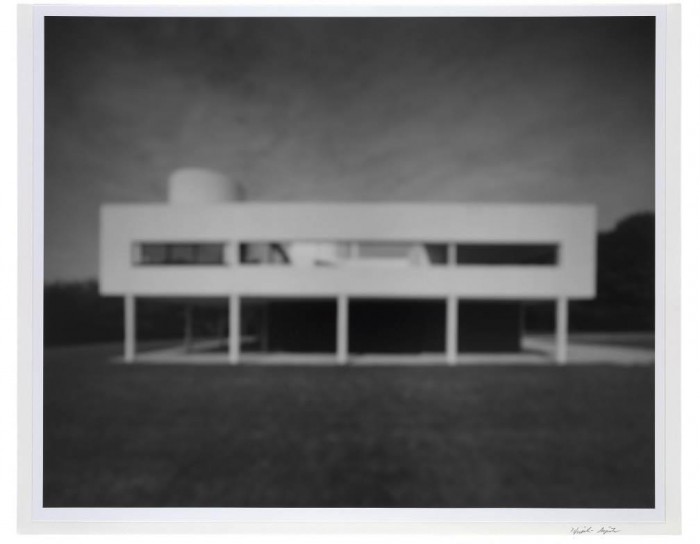
Villa Saboye, 1998. Hiroshi Sugimoto. IVAM. Depósito Cal Cego
-Room 9. Strange worlds: artists such as Anzo (1931-2006) and Juana Francés (1924-1990) and, later, Juan Muñoz (1953-2001), develop reflective and critical works on the existential condition of mankind and its contrast with industrial and technological progress.
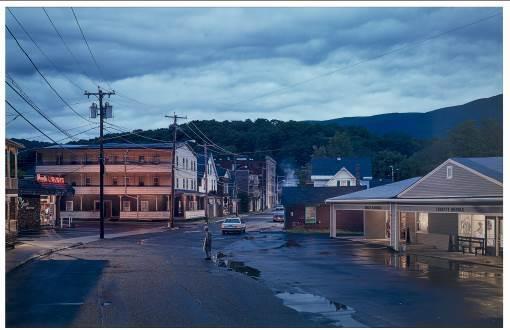
Untitled (Oasis), 2004. Gregory Crewdson. IVAM. Depósito Cal Cego
-Room 10. Architectures of fear: a series of different construction and images related to historical events such as the Gulf War through photographs of the streets in and around Düsseldorf; images related to the holocaust (Concentration Camp, 1982 and Watchtower, 1984).
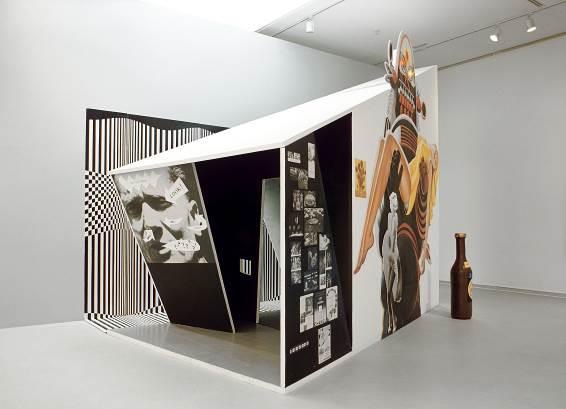
Fun House, 1956. Richard Hamilton. IVAM
